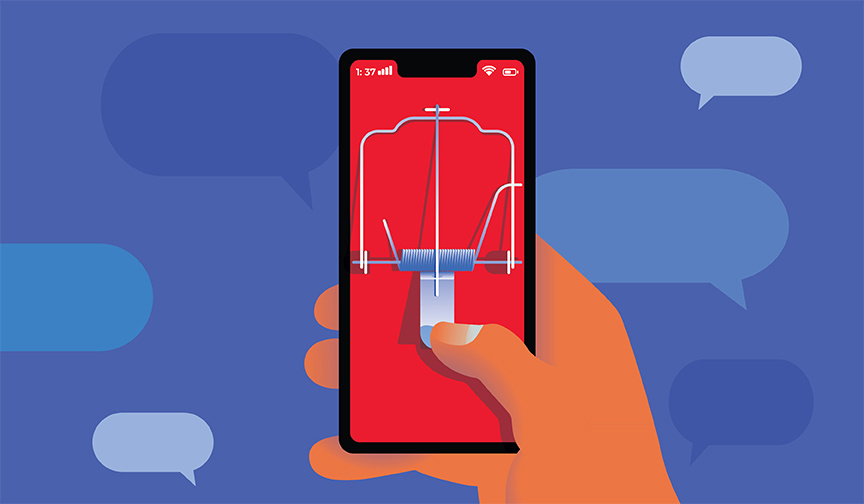Teaching Your Child To Recognize Needs vs. Wants

One of the most important lessons that parents can teach their children is the difference between needs and wants. Knowing how to identify needs vs. wants and how to prioritize them is an essential skill for anyone wanting to build a healthy savings plan.
Define needs and wants
The first step in teaching your child about needs and wants is to define the terms. Needs are things that you must have in order to survive, such as food, water, and shelter. Wants, on the other hand, are things that we desire but don’t necessarily need to survive.
Identify needs vs. wants
Help your child to identify needs and wants in everyday life. For example, when grocery shopping, you can point out that milk and bread are needs, while candy and soda are wants. This will help them understand the difference between essential items and those that aren’t.
This may also be a good time to pay attention to how you talk about needs or wants. Children pick up on a lot of the things adults say. And sometimes, adults may talk about wants as if they’re needs. Build awareness of how often you say things like, “I need a soda,” “I need a new set of headphones,” and so on.
Prioritize needs over wants
Prioritizing needs over wants is essential to building financial responsibility. Teach your child to take care of their needs before indulging in wants. For example, they should purchase groceries and pay bills before going out to eat or buying a new video game.
Set healthy boundaries
It’s normal and healthy to indulge in wants from time to time, but moderation is key. Help your child to set a limit on how much they can spend on wants each month. This will help them learn to manage their money effectively and make decisions about what they truly want versus what they can live without.
Lead by example
Leading by example is one of the most powerful ways to teach you children about financial responsibility. Show them how you prioritize needs over wants and how you set limits on your own spending. This will help them see that financial responsibility is a lifelong process and that it is never too late to start.
Takeaway
By helping your child identify and prioritize essentials, set healthy spending boundaries, and understand the importance of moderation, you’re teaching them how to handle money with intention. And by modeling these behaviors yourself, you reinforce the lesson that financial responsibility is both achievable and ongoing.
You May Also Like
These Related Stories

Vehicle Warranties 101

How Your Yard Can Save You Money


